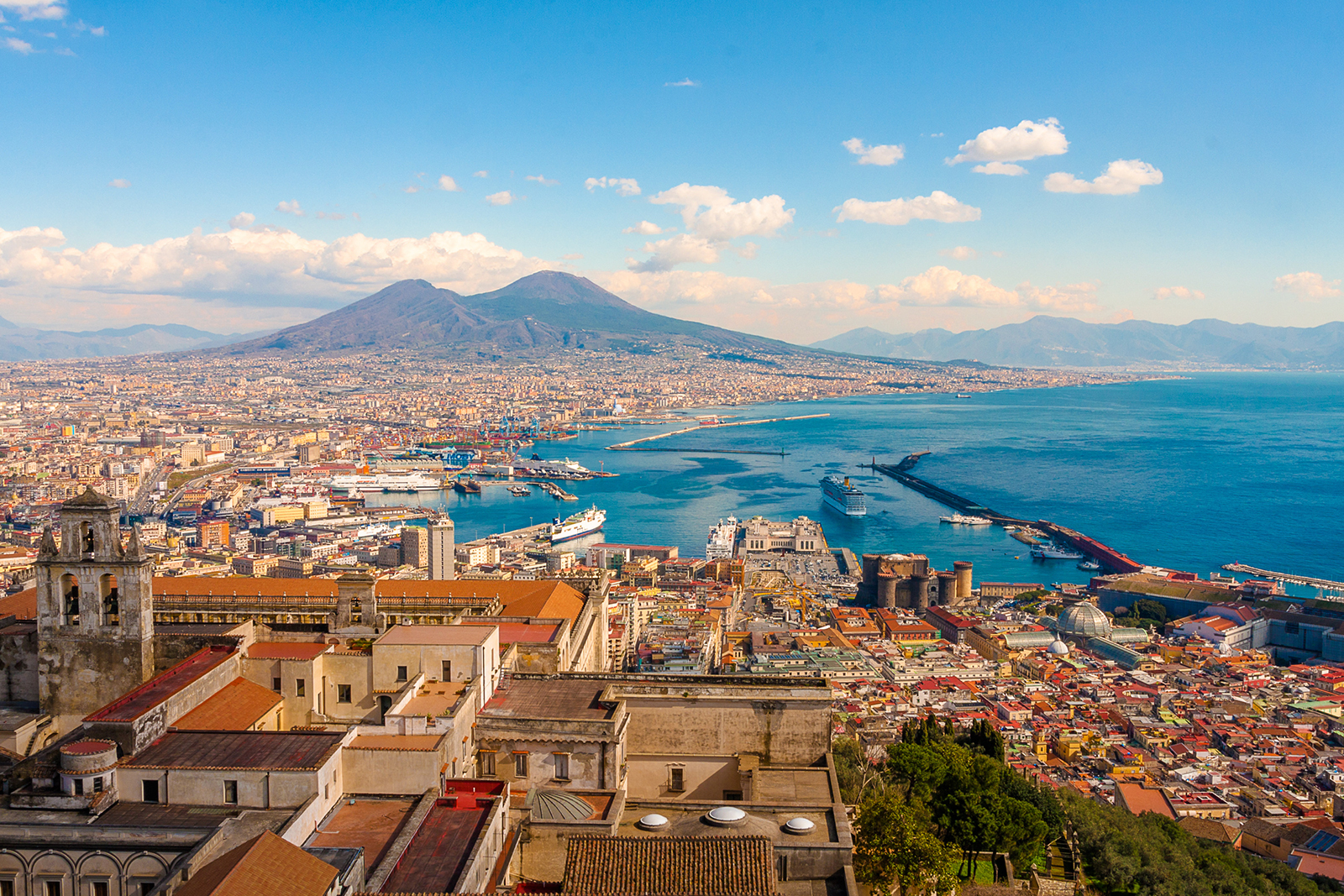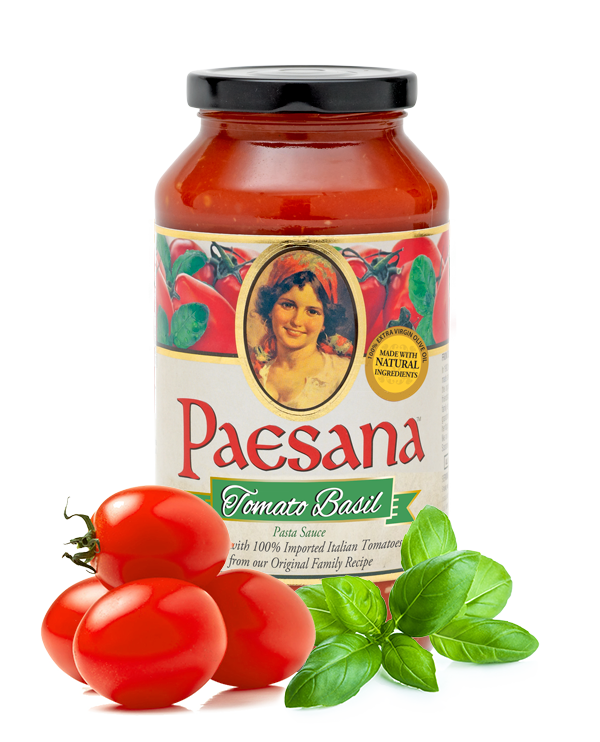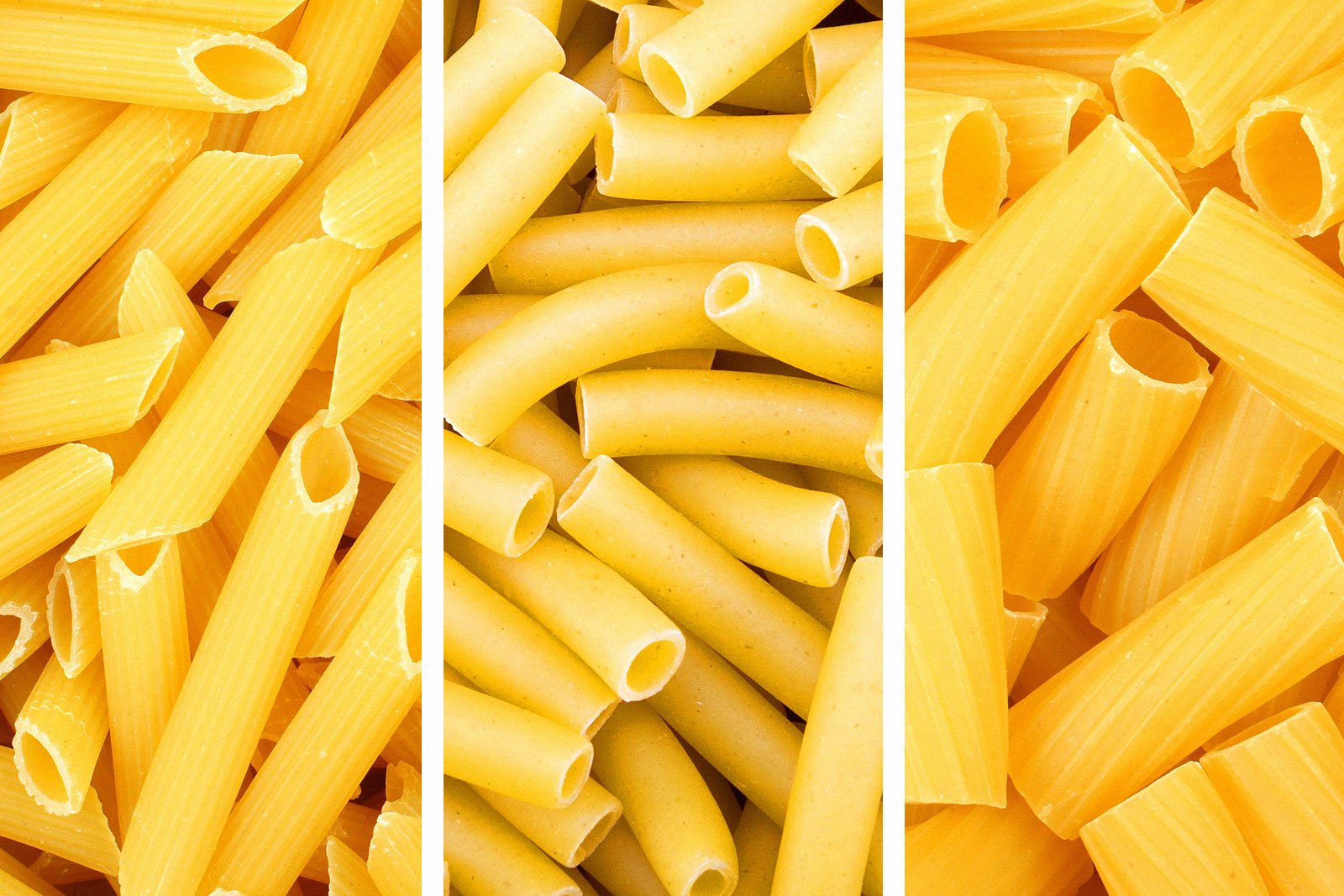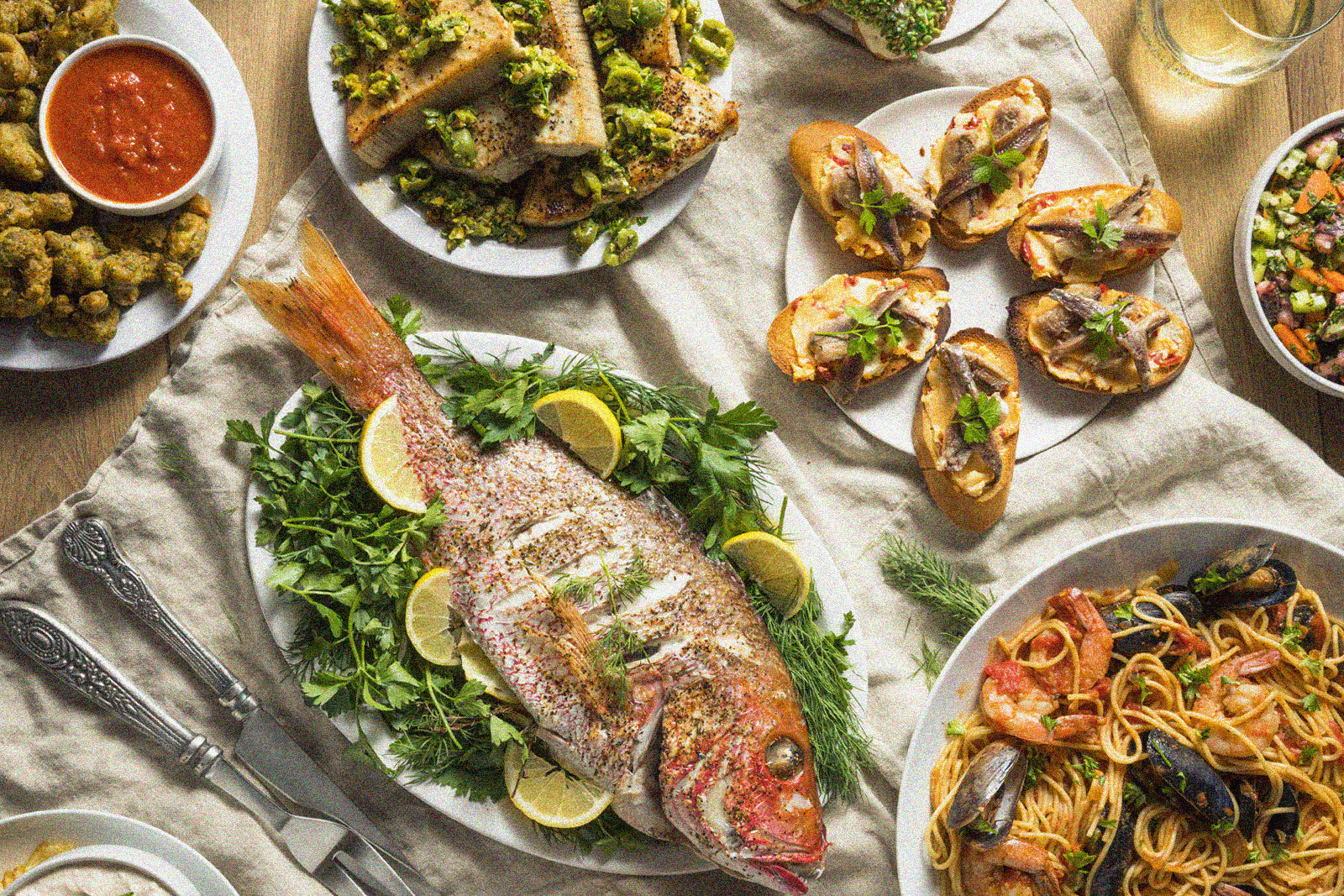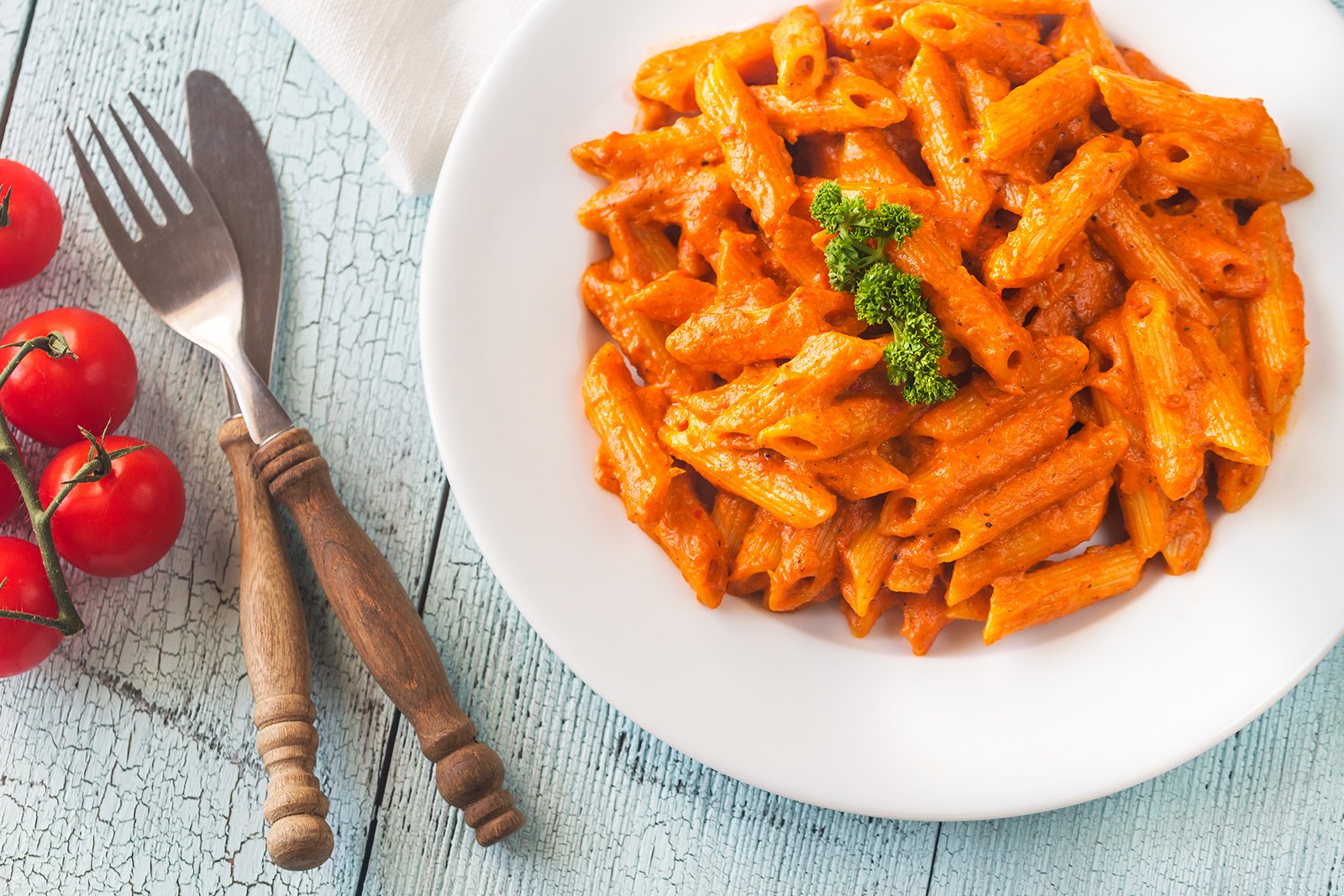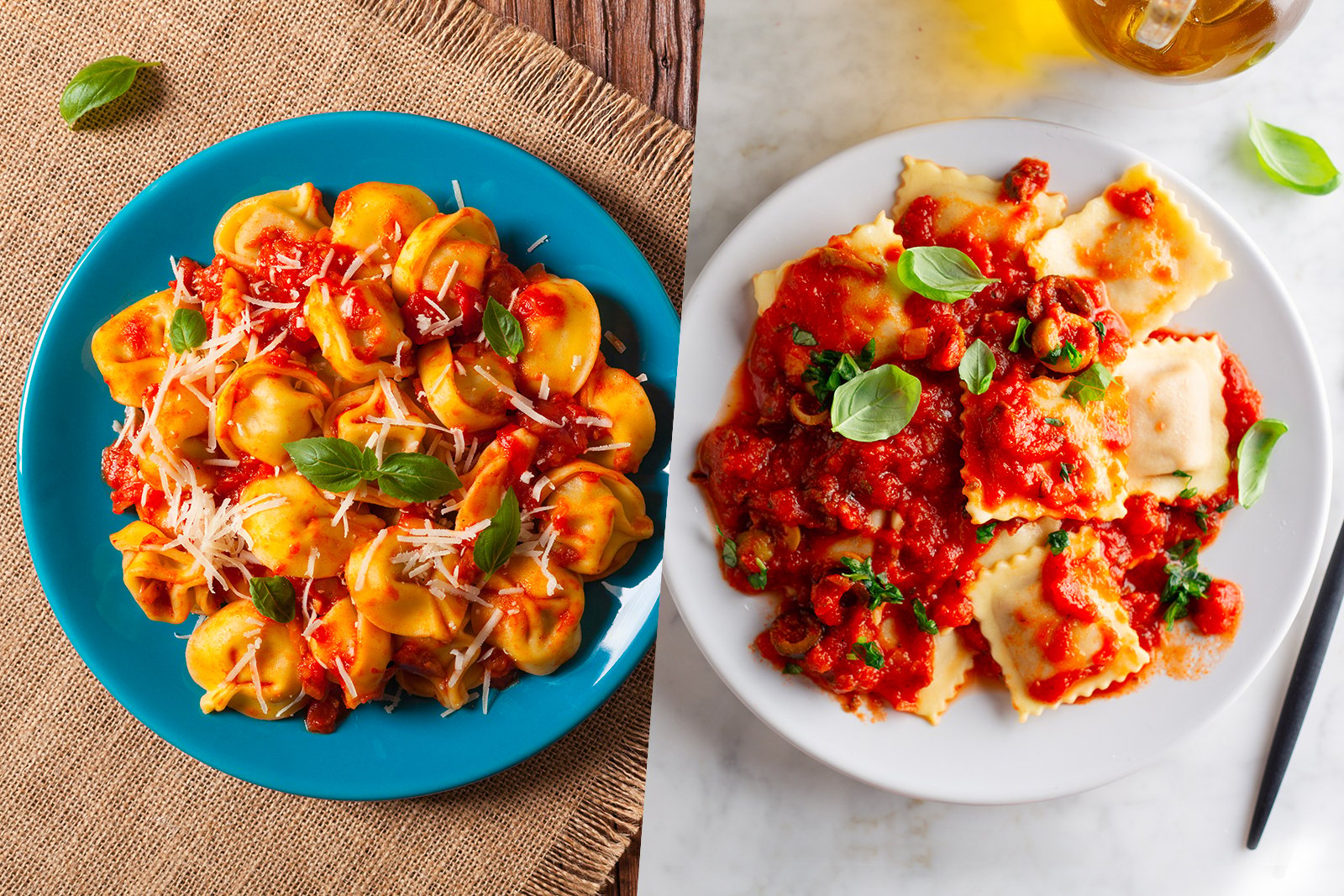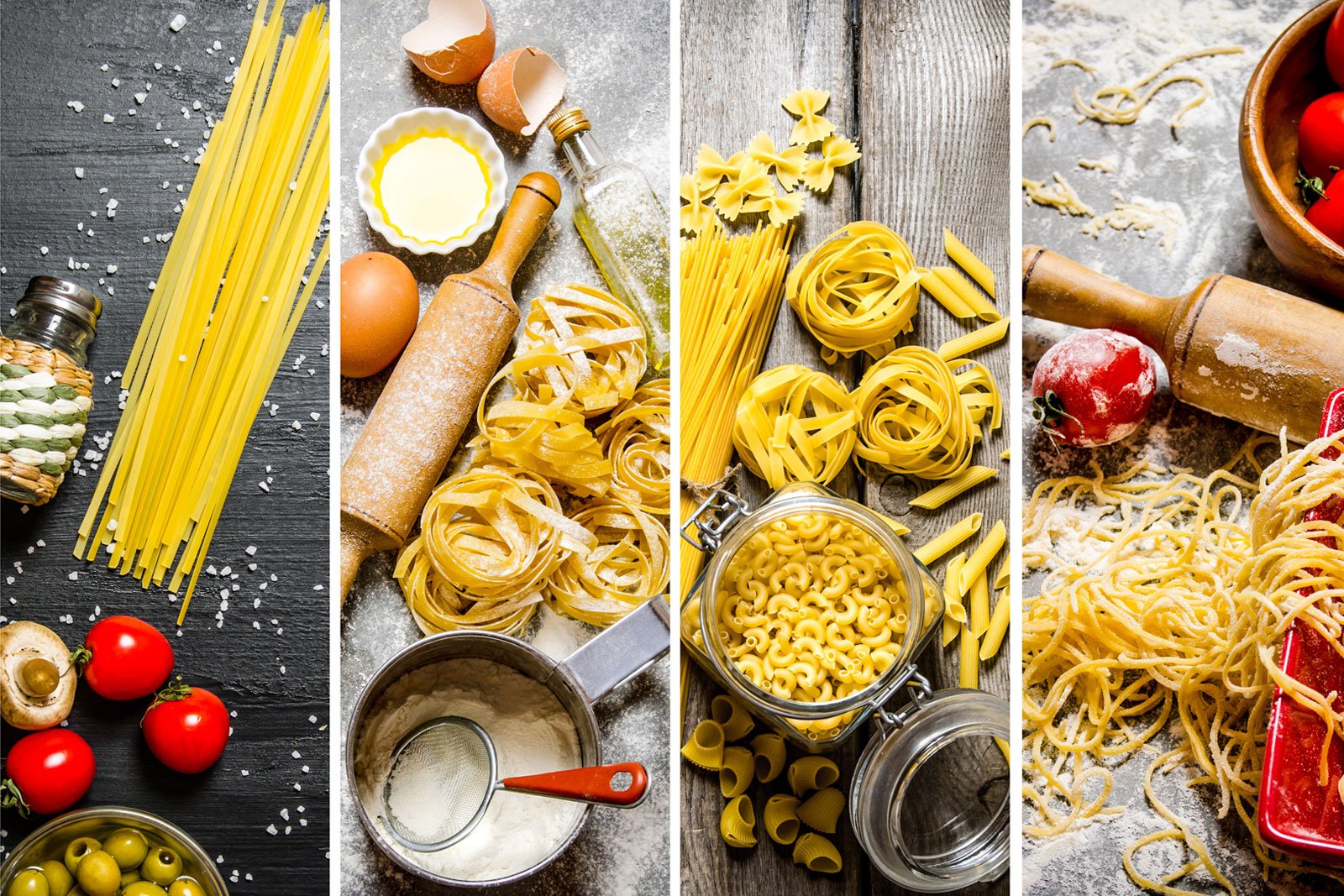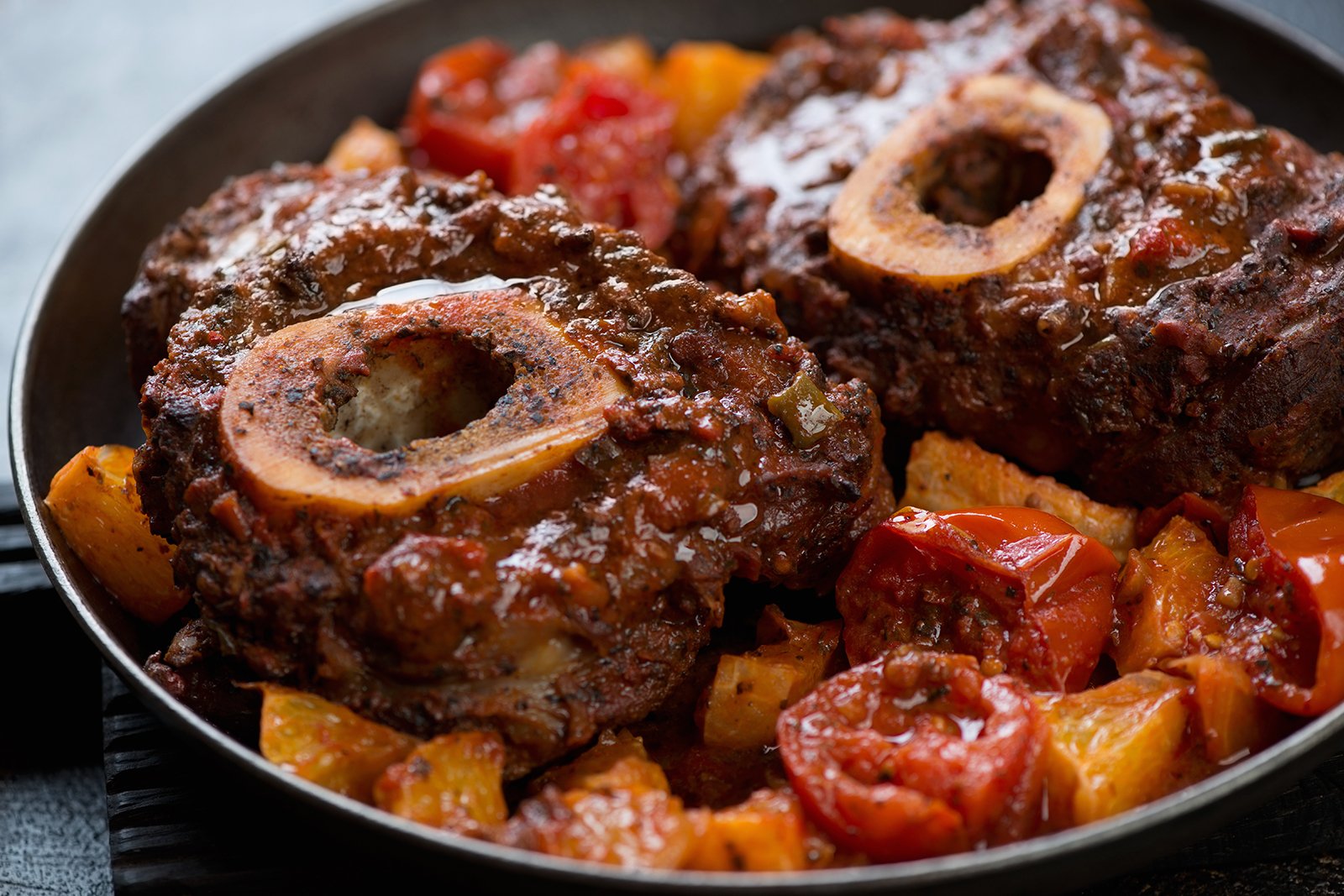Calling yourself “Italian” only tells a fraction of the story. Italy is made up of 20 regions, from the mountainous north to the sea-faring islands in the south. Rather than being “from Italy,” every Italian-American can trace their heritage to a specific region—a starting point that informs every slang term they use, hand gesture they make, and food they eat.
The cuisine of Italy, like a delicious dialect, features both subtle and drastic differences depending on which region is preparing the meal. Foods celebrated in the north aren’t necessarily eaten in the south and foods from the rolling farmlands might be unheard of along the coastline. But, then again, Italian cuisine doesn’t follow a linear path, as certain ingredients most definitely appear across the vast spectrum of Italy’s regional fare.
Suffice to say, food is highly personal and downright sacred. And, ultimately, individual families decide how recipes are developed and which ones are passed along to the next generation.
The cuisine of Italy, like a delicious dialect, features both subtle and drastic differences depending on which region is preparing the meal.
The Foods Of Naples
The regional capital of Campania, Naples is the third-largest city in all of Italy. It sits along the Gulf of Naples on the western coast of the country, in what is considered southern Italy. Enough geography. Let’s get to what’s really important: The food!
While Naples bears a far more chaotic reputation than other tourist destinations in Italy, the capital city’s cuisine is world renowned and historic, pre-dating Rome itself. Often characterized by simple ingredients typically passed over by the ruling class, Neapolitan food comes straight from hardy peasants. These homecooks from the lower classes worked magic in the kitchen. Over generations, they learned how to find the love in foods that others might thumbs their noses at—conjuring delicious meals that the world would be poorer without.
Pizza
Ah, pizza. There's simply no better place to start when talking about Neapolitan cuisine than this ultimate culinary export. Blistered and bubbled along the crust from extreme heat, with creamy mozzarella, sweetly acidic tomato sauce, and fresh basil, Neapolitan pizza is what your mind should imagine when you hear the word “pizza.”
And that makes sense, as pizza was invented in Italy in the 18th century. Its first iteration was an Arabic-inspired flatbread, but when Italy’s Queen Margherita visited the city in 1889, the chef at Pizzeria Brandi decided to create something special for her majesty. It was a pizza dough topped with tomato sauce, mozzarella di bufala, and basil. When the queen and her court expressed enthusiastic adulation for the culinary invention, the pizza margherita was born. Now, Neapolitans—as well as citizens from all Italy’s regions—judge every pizzeria based on the quality of their pizza margherita. It’s the gold standard of pizza—the pie that inspired a billion-dollar, worldwide industry.
Ragù
Now we come to the backbone of every Italian-American Sunday. Pasta and sauce is a combination of textures and flavors that inhabit each of our homes in wonderfully unique ways. Every Italian-American has their own recipe for an all-day sauce—and every Italian-American believes their sauce, their mother’s sauce, or their grandmother’s sauce is the best. Just ask them and they’ll tell you all about it.
Neapolitans call pasta sauce ragù and it’s rich with meat, soffrito, and tomato sauce. But rather than mimicking Bolognese-style with finely ground meat, the Naples version uses various cuts of pork and beef, typically on-the-bone for maximum flavor. A proper Neapolitan ragù requires time and love to prepare. It’s not a set-it-and-forget-it situation. You must truly be there for your ragù, coaxing deep flavors out of the barely bubbling pot, watching and seasoning as it gets comfy on the stovetop for many, many hours.
When it finally reaches completion, some families use the sauce to dress a pasta dish during the primo portion of the meal, and then serve the meat at the secondo stage. The rich flavor of a Neapolitan ragù can be attributed to the volcanically enriched tomatoes that impart a uniquely robust flavor.
These homecooks from the lower classes worked magic in the kitchen.
Seafood
Take a look at wear Naples resides on a map. In truth, that one visual clue should tell you everything you need to know about why seafood is a staple of the region. But diving just below the surface, you find that seafood probably best exemplifies what we might call “peasant food.” Mixed, fried seafood from Naples—often called fritto misto de mare—doesn’t necessarily consist of what you might call the “catch of the day.”
The contents of this Neapolitan street food specialty is more along the lines of what the fisherman and dock workers would keep for themselves after delivering the commercial catch to local restaurants. A deeply oceanic mix of shrimp, calamari, and sardines, along with eel and maybe a larger piece of white fish are simply dredged in flour, deep fried, and salted.
As for specific Neapolitan seafood dishes, look toward impepata di cozze (peppered mussels), baccalà alla napoletana (salt cod) and baccalà fritto (fried cod), alici marinate (marinated anchovies), and purpetiello affogato (octopus poached in broth).
Pastries
The many bakeries dotting the streets of Naples were all inspired by the mixed heritage of the region’s forebears. For as early as the 12 century to about the 19th century, the Neapolitan region was controlled at various points by French, Spanish, Austrian, and Bourbon ruling houses. This revolving door of elites left plenty of foreign influence on the cuisine, especially in the pastry department.
Perhaps the most well-known Neapolitan pastry is the sfogliatella. Translating to “little leaves,” sfogliatella is a flakey pastry that’s sometimes referred to as a “lobster tail.” It’s filled with a blend of ricotta, semolina, milk, candied eggs, and sugar, and sometimes almond paste or orange peel. The delicate flakey shell shatters with each bite, giving way to a bright ricotta filling.
Traditionally baked for St. Joseph’s Day (March 19), authentic zeppole di San Giuseppe is a deep-fried, slightly sweet choux pastry, filled and topped with pastry cream, dusted with powdered sugar, and finished with an Italian cherry. As you can tell, the Neapolitan version is a tad more refined than our Italian-feast versions.
To Naples And Back
By no means is this an exhaustive list of Neapolitan cuisine. In fact, we could write a 5,000-word opus on Naples street food alone. But this is a good place to start. So the next time you decide to bring a specific regional cuisine into your home kitchen, start with Naples for a warm embrace of food love.

